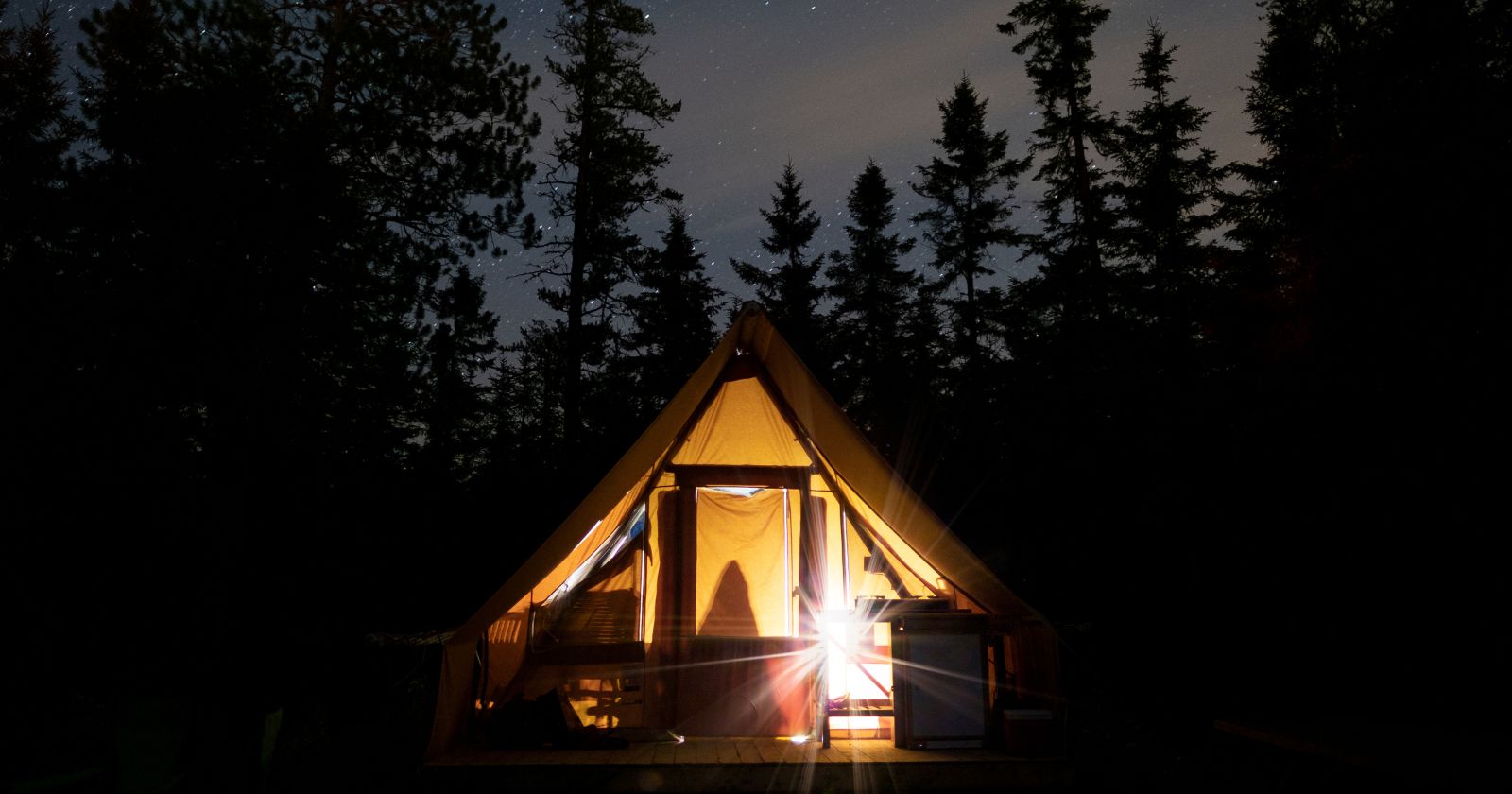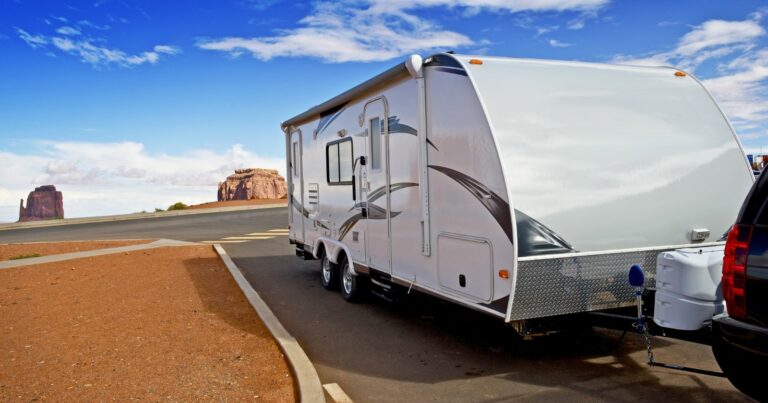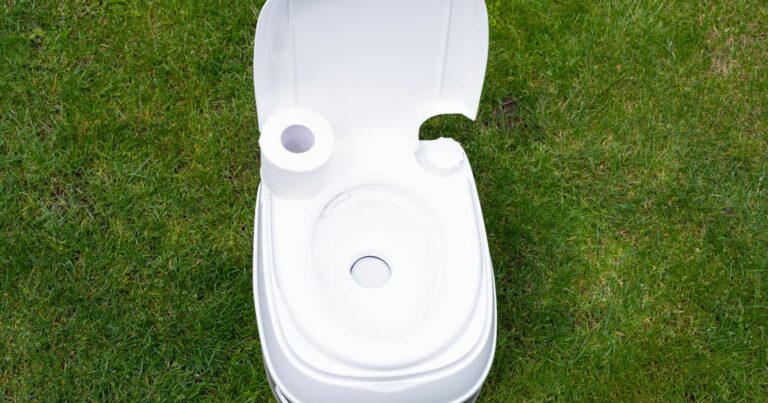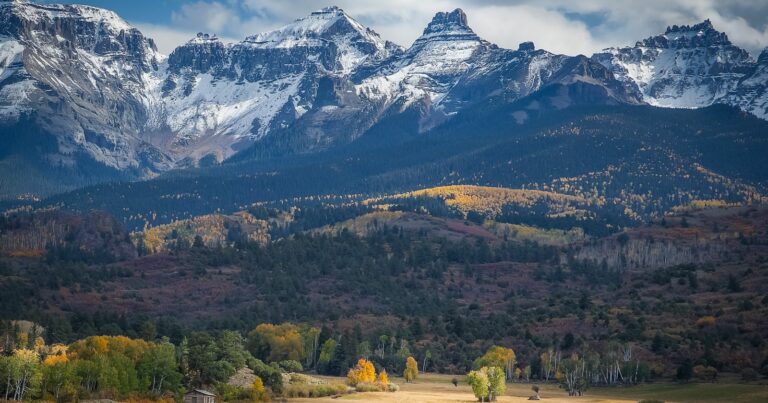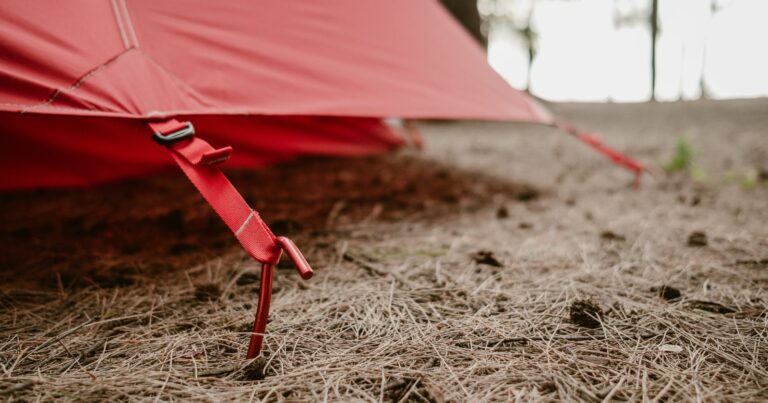Where Not to Set Up Camp: Crucial Safety Tips
The sunset colors fade from the sky, leaving you in inky darkness. You shine your flashlight around the small clearing you hastily chose for your campsite earlier in the day. The towering pines now cast ominous shadows as the wind causes their branches to creak and groan. Was that a snarling animal in the brush nearby or just your imagination? You debate whether to tough it out here through the night or find another spot.
Setting up camp in the wrong location can quickly turn an idyllic camping trip into a stressful and dangerous situation. While the boundless natural areas of Washington offer endless potential campsites, some areas are better avoided. As an experienced outdoorsman, you know that picking a safe, secure campsite is essential to an enjoyable trip.
As tempting as it might be to simply unroll your sleeping bag under the first tree you find, take time to assess the surroundings. Make sure your temporary home in the wilderness keeps you out of harm’s way. Search for a site that is flat, dry, and protected from the elements. Stay clear of potential hazards such as dead trees, steep cliffs, and flooded stream banks. Camping smart keeps you safe.
Now that the first whispers of daylight are appearing on the horizon, you can breathe easier. The simple act of picking the proper campsite made all the difference in getting through the night and waking up ready for adventure.
How does this introduction sound? Please let me know if you would like me to modify or expand it in any way. I aimed for a friendly yet cautious tone using descriptive language and imagery to draw the reader in. Looking forward to your feedback!
Steer Clear of Bodies of Water
The allure of pitching your tent along the shoreline of a peaceful lake or babbling stream is understandable. But waterways come with risks.
Flooding Rivers and Streams
Camping right next to the bank of a river or stream can be dangerous. Water levels can rapidly rise due to faraway rainfall you’re unaware of. Quickly advancing waters can swamp your campsite and possessions or even sweep them away.
The safe strategy? Set up camp at least 200 feet away from rivers and streams. This gives you a buffer in case of sudden flooding. Also, avoid camping at the outer bends of rivers where flooding is most likely.
Storm Surges on Lakes
When camping near lakes, beware of storm surges. Strong winds can push waves far past the normal shoreline and flood your campsite. It’s also risky to camp at the mouths of streams that flow into lakes, as water levels frequently fluctuate.
The smart choice? Set up at least 50 feet back from the lake shore and find sites on higher ground safe from flooding. Check short and long-range weather forecasts for storms before your trip.
Tidal Changes on Coasts
Along ocean coasts, tides that advance and retreat twice a day complicate finding a suitable campsite. Setting up too close to the water risks your gear getting swamped when high tides come in.
The right approach? Consult tide charts before your coastal camping trip and aim to pitch your tent above the high tide line, out of reach of encroaching waves.
Avoid Other Water-Related Hazards
Beyond flooding, camping too near water poses other concerns including:
- Wet, muddy ground leading to damp sleeping conditions
- Mosquitoes and other insects attracted to water
- Little protection from strong ocean winds
- Difficult access to fresh drinking water
Steer Clear of Dead Trees
A dead tree might seem like a handy place to string up your food bag away from bears. But dead and damaged trees pose serious hazards that make them unsuitable areas to camp under or near.
A dead tree can topple over at any moment, especially on windy nights. Campers have been injured or even killed by falling trees and branches.
The smart choice? Inspect trees around your prospective campsite for these warning signs of unstable dead trees:
- Peeling or missing bark
- Cracks, holes, or cavities
- Mushrooms or fungi growing on the trunk
- Broken branches or tilting trunk
- Topped trees or snapped trunks still standing
Ideally, set up your tent in areas with healthy, solid live trees. But if camping spots near dead trees can’t be avoided, pitch your tent at least two tree lengths away.
Beware of Widowmakers
“Widowmaker” is the ominous name given to dead or defective tree branches looming overhead. They can snap off and fall without warning, posing a lethal hazard to anyone camping below.
These widowmakers are more dangerous at night when they’re harder to spot. Also be alert for partially fallen trees caught on neighboring branches—these could break loose and drop at any moment.
The safe bet? Scan for widowmakers before setting up your tent. Move to another spot if you find any unstable branches overhead. Also avoid camping under natural fire-prone trees like spruce, fir, hemlock, and pine that often have dead branches.
Avoid Steep Slopes and Cliffs
It can be tempting to set up camp atop an overlook with sweeping vistas. But steep cliffs and hillsides make very risky campsites.
- Loose rocks or crumbling ground can trigger dangerous landslides and rockfalls, especially when the ground is wet.
- You risk rolling off steep slopes or cliffs in the night.
- High winds that accelerate up slopes can rip tents loose and send them tumbling down steep grades.
The smart tactic? Scout for flat ground or gentle slopes away from cliff edges and loose shale or talus slopes. Leave high ridge camps to mountaineers with specialized gear.
Don’t Camp Under Rocky Overhangs
Rock overhangs or concave cave-like formations might seem like a handy shelter. But it’s smarter to avoid camping under them.
Reasons to give undercuts and overhangs a wide berth:
- You risk injury if heavier rocks above break loose or collapse.
- Rain falling beyond the overhang can erode the ground beneath your tent.
- They attract snakes, bats, and insects seeking shelter.
The right move? Scope out more stable flat, open areas for optimal safety and comfort.
Pick Protected, Well-Drained Ground
For the most secure campsite, look for a level spot on forested, inland high ground shielded from wind, rain, and flooding.
Ideal protected areas include:
- Groves of mature trees
- Hillsides or slopes with small ridges that break the wind
- Meadows bordered by forests
Ensure the ground has good drainage without puddles or marshy areas that breed mosquitoes. Dig down with a trowel to check for moist soil.
Keep Away From Roads and Trails
While camping right next to a road seems convenient, it comes with downsides. High traffic areas mean more noise and dust. You also risk encounters with curious passersby.
Camping directly alongside popular trails has similar drawbacks. Hiking boots trampling by your tent all night will ruin your peace and quiet.
The hidden perk of seclusion: More privacy, tranquility and closeness to nature.
The ideal distance? Set up camp at least 200 feet away from any roads or main trails when possible. Follow Leave No Trace principles and avoid damaging trailside vegetation.
Seek Campsites Away From Hazards
Scope out potential campsites ahead of time and watch for these additional hazards to avoid:
- Thick underbrush: Can shelter hazardous animals and insects
- Poison ivy, oak, or sumac: Avoid skin exposure to these toxic plants
- Rodent holes or dens: Can lead to wildlife encounters or collapsed ground
- Ant mounds or bee hives: Risk getting stung around them
- Evidence of large animals: Signs like scat, tracks, or rubbings indicate recent presence
- Garbage or debris: Can attract bears, rodents, and insects
Key Guidelines For Picking Safe Sites
Finding secure campsites conducive to peaceful nights takes attention and experience. Keep these core tips in mind:
- Survey the area during daylight to spot potential hazards.
- Heed all warning signs and don’t camp in restricted zones.
- Check weather reports for storms that demand sturdier shelter.
- Have backup plans ready in case your desired spot is unsafe.
- Trust your instincts – if an area seems risky, move on.
- Arrive early to secure the best secure locations.
Proper campsite selection sets the stage for restful nights recharging out in nature. By being alert and avoiding potentially dangerous areas, your camping experience will be safe, secure, and filled with memories to cherish for a lifetime.

